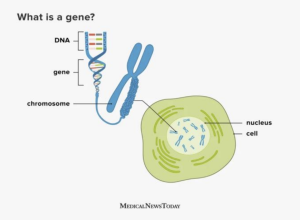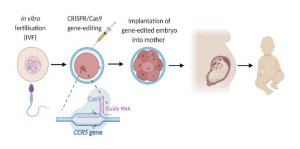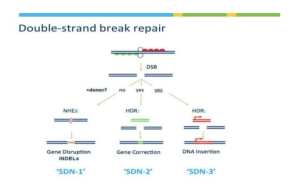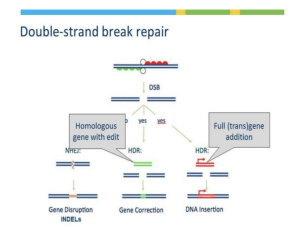Search
About
What is Gene?

What is Genome editing?



 UPSC 2023 General Studies Course: https://sleepyclasses.com/general-studies-for-upsc/
UPSC 2023 General Studies Course: https://sleepyclasses.com/general-studies-for-upsc/
 Sociology Optional for UPSC: https://sleepyclasses.com/sociology-for-upsc/
Sociology Optional for UPSC: https://sleepyclasses.com/sociology-for-upsc/
 Political Science and IR for UPSC: https://sleepyclasses.com/psir-for-upsc/
Political Science and IR for UPSC: https://sleepyclasses.com/psir-for-upsc/
 Signup here – https://sleepyclasses.com/
Signup here – https://sleepyclasses.com/
Have any query related to UPSC preparation:
 Contact Us ► Toll-Free: 1800 890 3043 ► Mobile: 6280133177 ► Email: [email protected] ► WhatsApp: 6280133177
Contact Us ► Toll-Free: 1800 890 3043 ► Mobile: 6280133177 ► Email: [email protected] ► WhatsApp: 6280133177
The post Top Gene Editing Techniques — Science appeared first on Sleepy Classes IAS.
Top Gene Editing Techniques
Science & Tech
Download PDFRead More
| Topics- Part I |
| Gene vs Genome Gene editing Gene editing vs GMO Govt regulation changes Gene editing technologies SDN1 SDN2 SDN3 |
| Gene editing Techniques-Part II | |
| 1. | Zinc finger nucleases (ZFN) |
| 2. | Transcription activator-like effector nucleases (TALENs) |
| 3. | Meganucleases |
| 4. | CRISPR-Cas9 |
| 5. | Base editing |
| 6. | Prime editing |
| 7. | PASTE: ‘Drag-and-Drop’ Editing for Large Insertions |
- Recently, the Government has allowed genome-edited plants without the cumbersome GMO (Genetically Modified Organisms) regulation at the Genetic Engineering Appraisal Committee (GEAC).
About
- The government has exempted Site Directed Nuclease (SDN) 1 and 2 genomes from Rules 7-11 of the Environment Protection Act, thus allowing it to avoid a long process for approval of GM crops through the Genetic Engineering Appraisal Committee (GEAC).
- The Institutional BioSafety Committee (IBSC) under the Environment Protection Act would now be entrusted to certify that the genome edited crop is devoid of any foreign DNA.
- While SDN 1 and 2 do not involve the introduction of foreign DNA, SDN3 involves the introduction of foreign DNA making it typical of GMO development.
- In SDN-3, the newly developed plant falls under GMO legislation only if foreign DNA exceeding 20 base pairs is inserted.
What is Gene?

- A gene is the basic physical and functional unit of heredity. Genes are made up of DNA.
- Some genes act as instructions to make molecules called proteins.
- However, many genes do not code for proteins. In humans, genes vary in size from a few hundred DNA bases to more than 2 million bases.
What is Genome editing?

- Genome editing technologies enable scientists to make changes to DNA, leading to changes in physical traits, like eye color, and disease risk. Scientists use different technologies to do this. These technologies act like scissors, cutting the DNA at a specific spot. Then scientists can remove, add, or replace the DNA where it was cut.
- The first genome editing technologies were developed in the late 1900s. More recently, a new genome editing tool called CRISPR, invented in 2009, has made it easier than ever to edit DNA. CRISPR is simpler, faster, cheaper, and more accurate than older genome editing methods. Many scientists who perform genome editing now use CRISPR.
| Site-Directed Nuclease (SDN) genome editing | |
| |
| Non-homologous end-joining (NHEJ) | Homology-directed repair (HDR) |
| The cut DNA is rejoined, but while doing this a few base pairs may be eaten away or added resulting in random small deletions (up to 20) or additions (a few base pairs) of nucleotides at the cut site. | A donor DNA that carries the desired change and has homology with the target site is used to introduce this change at the cut site. In this way you can introduce specific intentional insertions, changes or deletions |






Have any query related to UPSC preparation:

The post Top Gene Editing Techniques — Science appeared first on Sleepy Classes IAS.
